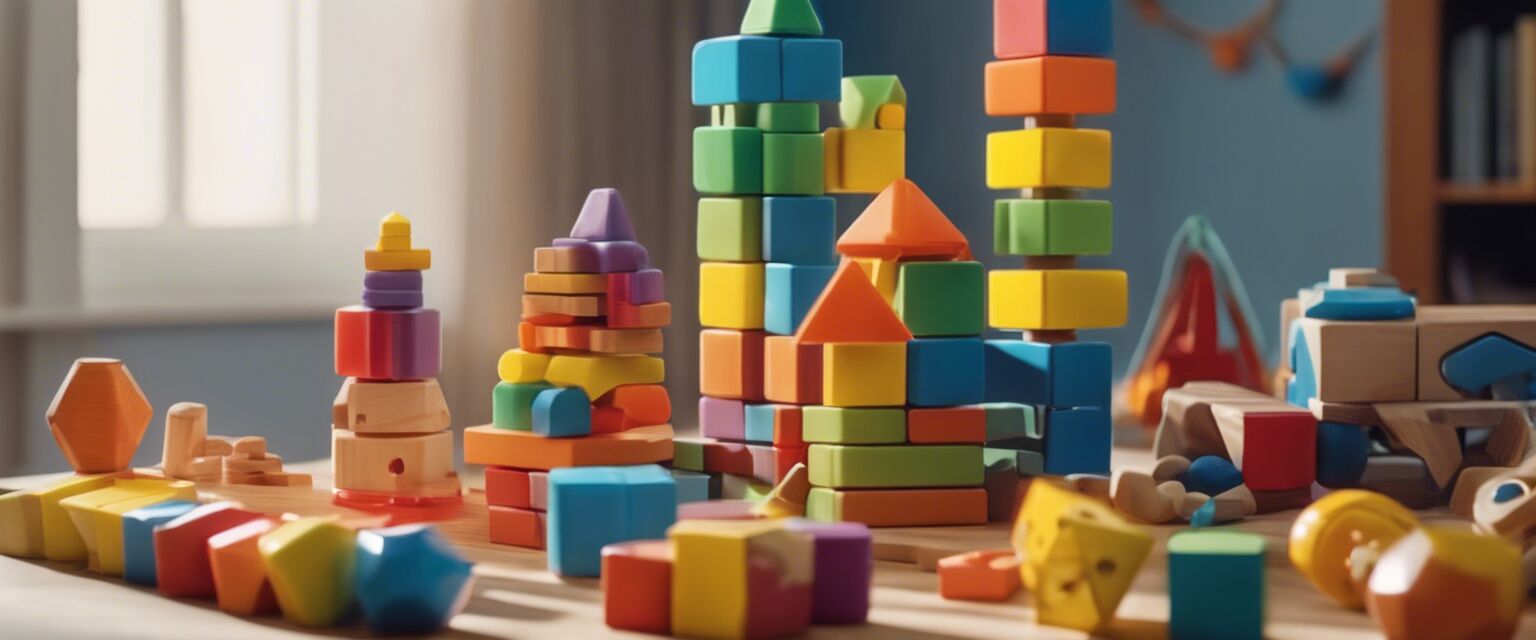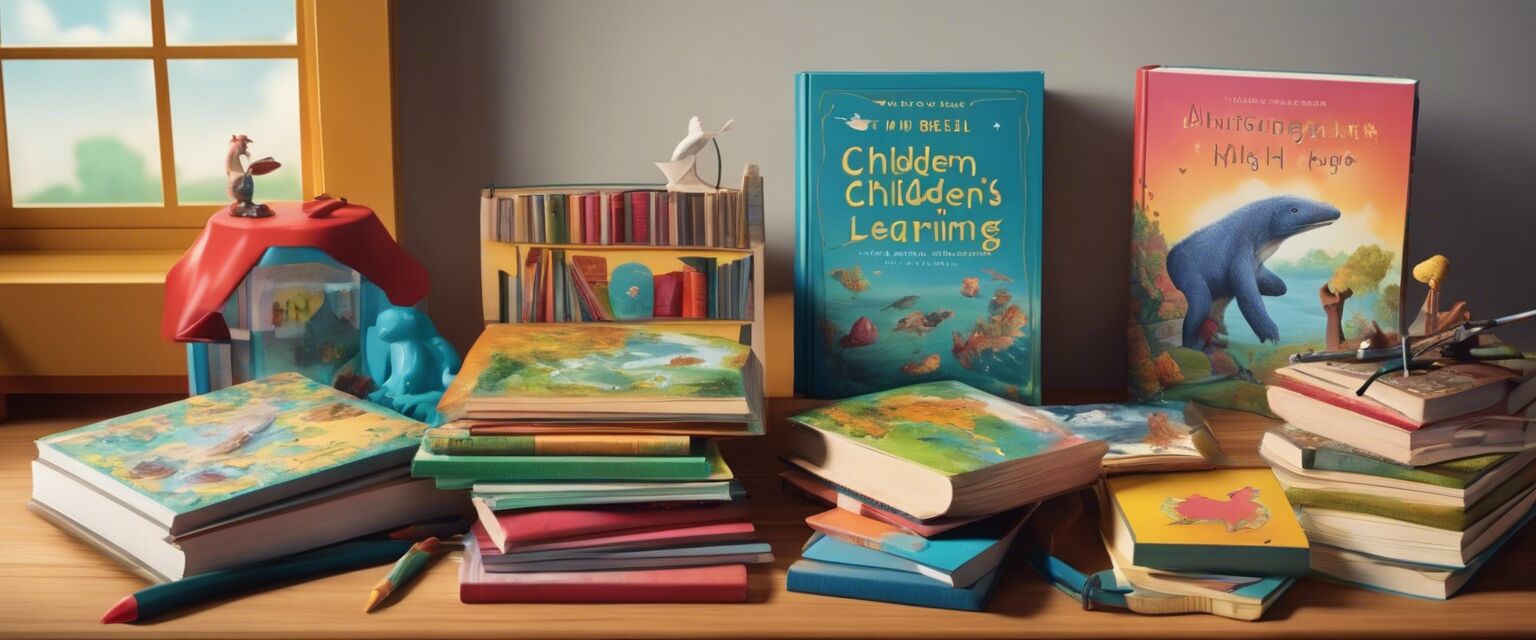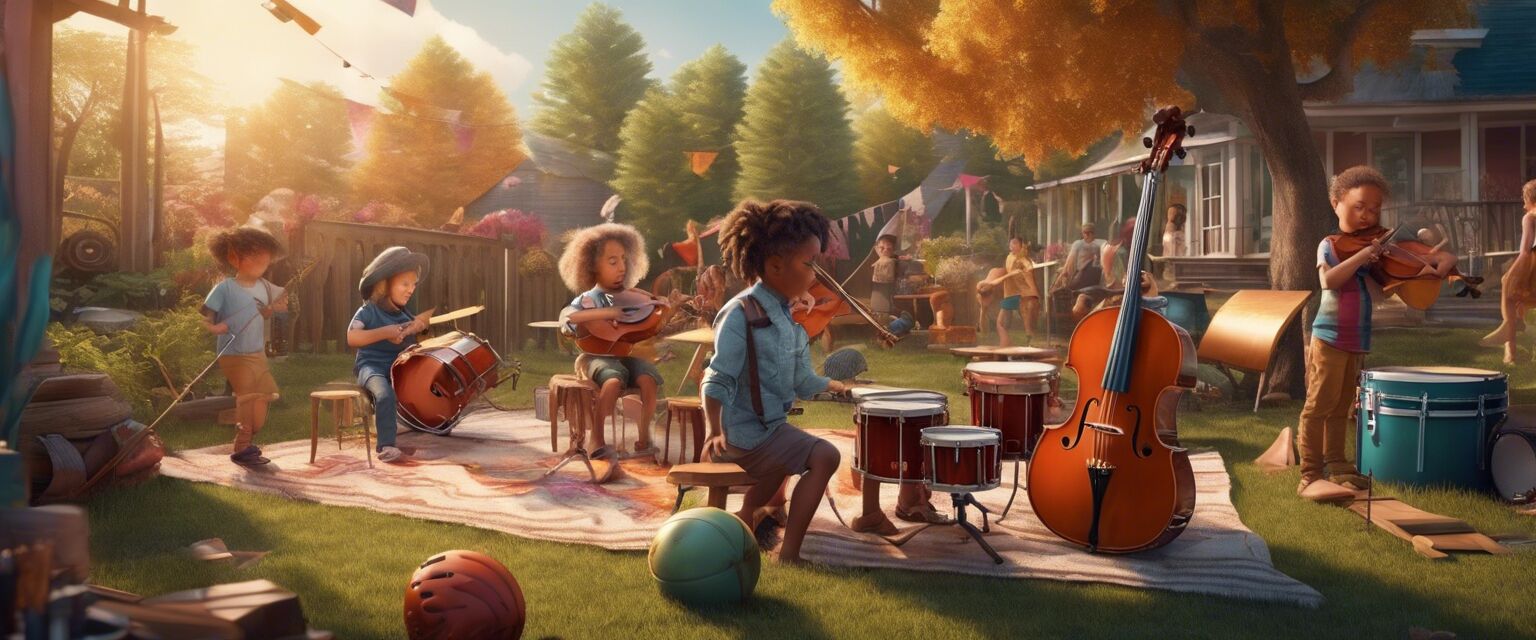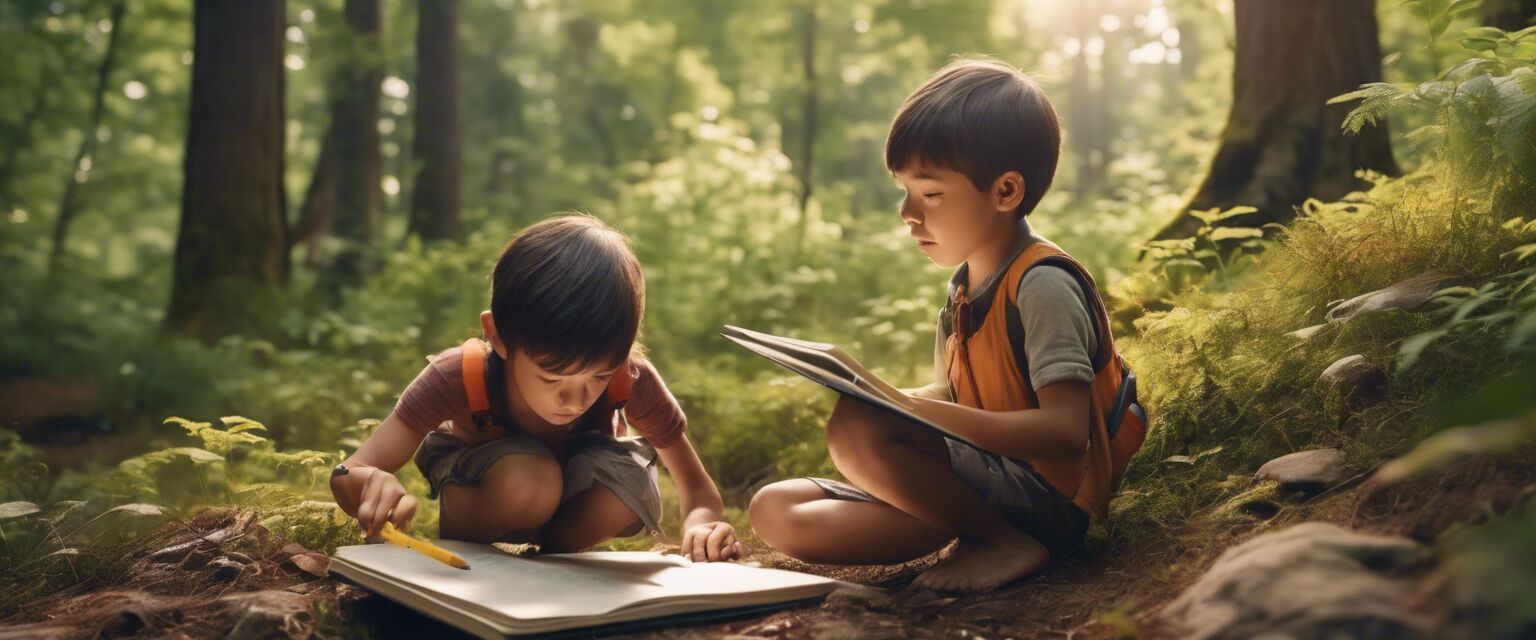
History for Kids
Key Takeaways
- Engaging materials enhance children's understanding of history.
- Variety of educational resources available for different ages.
- Interactive methods help grasp difficult historical concepts.
- Access to history from multiple perspectives is essential for creativity.
History serves as a fascinating subject for children, helping them understand the world around them. By exploring **historical books and educational resources**, kids can learn about significant events and figures in an engaging way. This article discusses various resources organized into categories that make it easy for parents and educators to find suitable materials for kids of all ages.
Why teach kids about history?
Teaching history to kids is crucial for several reasons. Understanding the past provides context for current events and helps children develop critical thinking skills. Moreover, history can foster a sense of identity, belonging, and empathy toward others, ensuring kids learn not just facts but also the importance of diversity and compassion.
Benefits of Learning History
- Improves memory and cognitive skills
- Encourages analytical thinking
- Enhances communication skills through discussion and storytelling
- Fosters curiosity about the world
Types of Historical Resources for Kids
There are various types of resources that can effectively teach children about history. Each type caters to different learning styles and age groups. Here are some popular categories:
| Resource Type | Details |
|---|---|
| Books | A wide variety of historical narratives, biographies, and textbooks for all ages. |
| Documentaries and Films | Visual storytelling for engaging lessons. |
| Interactive Games | Games that make learning history fun and interactive. |
| Field Trips | Visits to historical sites that provide real-world context. |
| Online Courses and Platforms | Access to history through interactive learning experiences. |
Top Historical Book Categories
Books are an essential resource when teaching history to kids. Here are some categories of historical books that are particularly beneficial:
- Picture Books: Great for younger children, merging illustrations with stories.
- Biographies: Inspiring figures from history that children can relate to.
- Historical Fiction: Fictional stories set in historical contexts to intrigue young minds.
- Non-fiction: Educational texts that provide facts and in-depth historical analysis.
Recommended Age Groups
| Age Group | Types of Books |
|---|---|
| 3-5 years | Picture books |
| 6-8 years | Early chapter books and biographies |
| 9-12 years | Historical fiction and non-fiction |
| 13+ years | Advanced non-fiction and literature |
Interactive and Visual Learning
Interactive resources can significantly improve how kids absorb historical information. They provide opportunities to engage with content meaningfully, making lessons memorable. Here are some methods to incorporate visual and interactive elements into history lessons:
- Use timelines to illustrate events chronologically.
- Incorporate maps for geographical context.
- Create projects based on historical events.
- Utilize online simulations and games that re-enact historic events.
Creative Projects
Encouraging kids to work on creative projects can deepen their understanding of historical topics. Such projects might include:
- Building a diorama of a historical event.
- Writing a letter from the perspective of a historical figure.
- Creating a storybook based on a historical event.
Incorporating Technology
In todayâs digital age, incorporating technology can enhance learning experiences. Consider using:
- Online video content for visual learners.
- Apps dedicated to history education.
- Interactive websites that allow kids to immerse themselves in historical simulations.
Field Trips and Experiential Learning
Field trips create memorable learning experiences, allowing kids to see history come alive. Here are some ideal locations:
- History museums, where kids can engage with artifacts.
- Historical parks or sites, designed to recreate important events.
- Local heritage sites, offering insight into community history.
Conclusion
Understanding history provides children with vital skills and knowledge that shape their worldview. By offering a variety of resources such as books, interactive games, and experiential learning, children can develop a love for history while honing critical skills. Empower kids to explore history and inspire the next generation of thinkers, leaders, and creators!
Pros
- Engaging historical materials enhance learning experience.
- Wide variety of resources catering to different interests.
- Encourages critical thinking and discussions.
Cons
- Not all resources are equally engaging.
- Some materials may not be age-appropriate.
Tips for Beginners
- Start with appealing and colorful picture books.
- Mix visual materials with narratives to keep kids engaged.
- Integrate field trips as part of the learning process.








